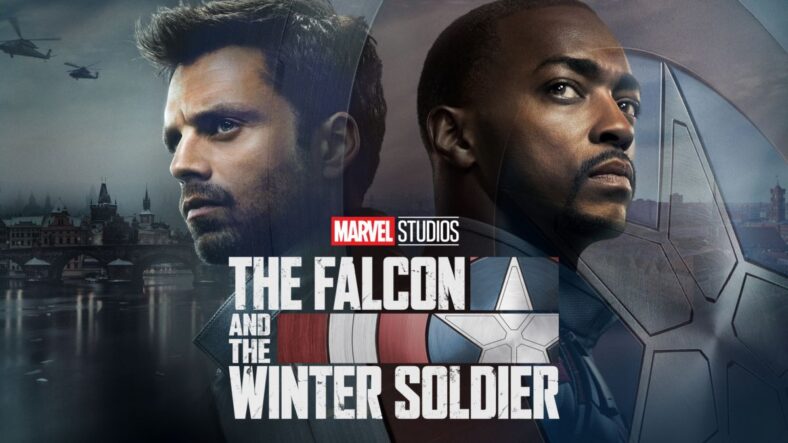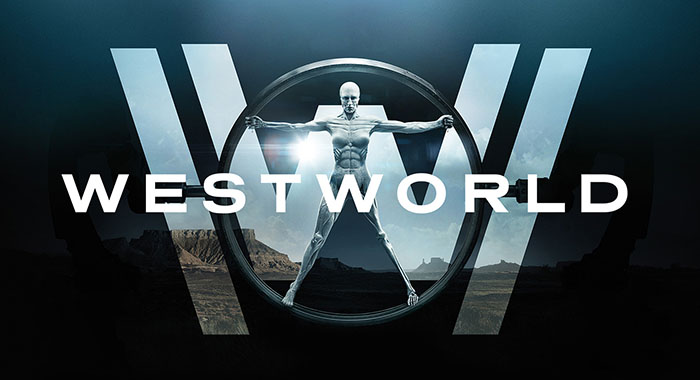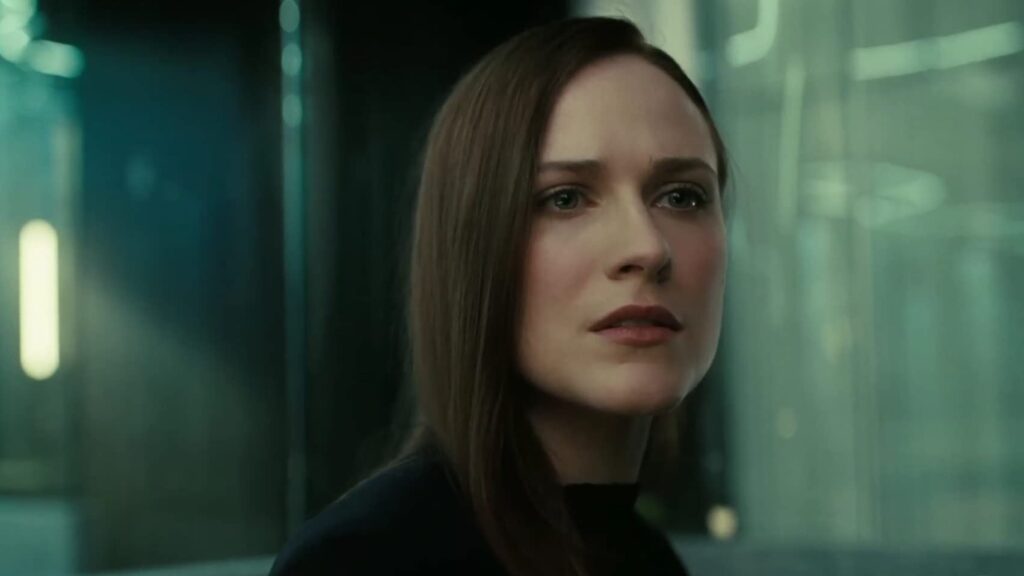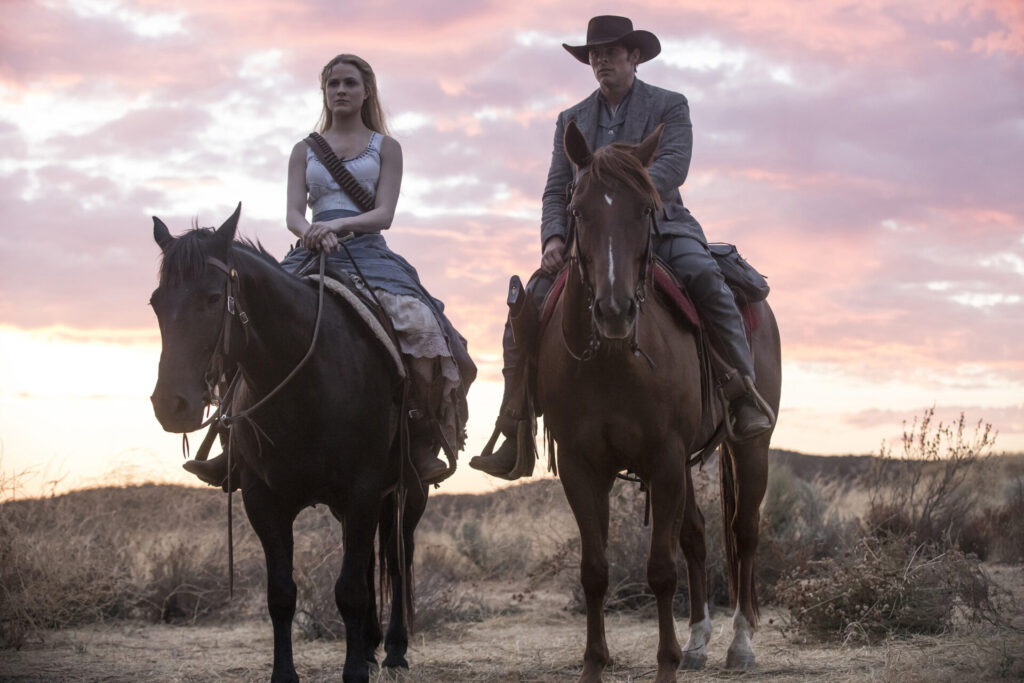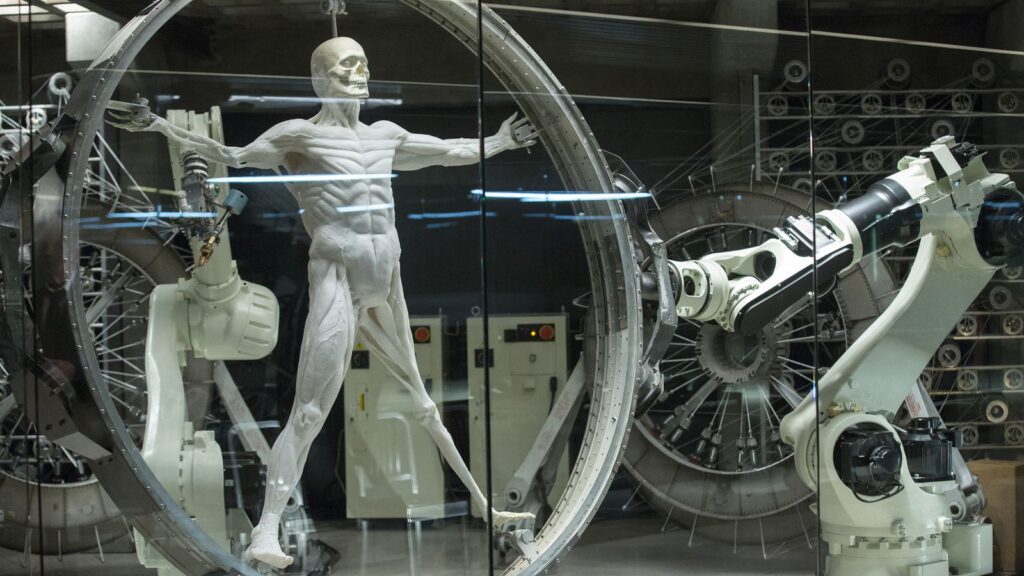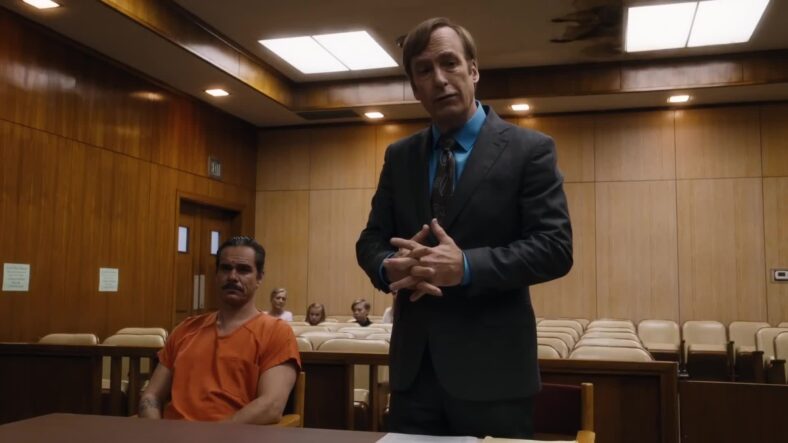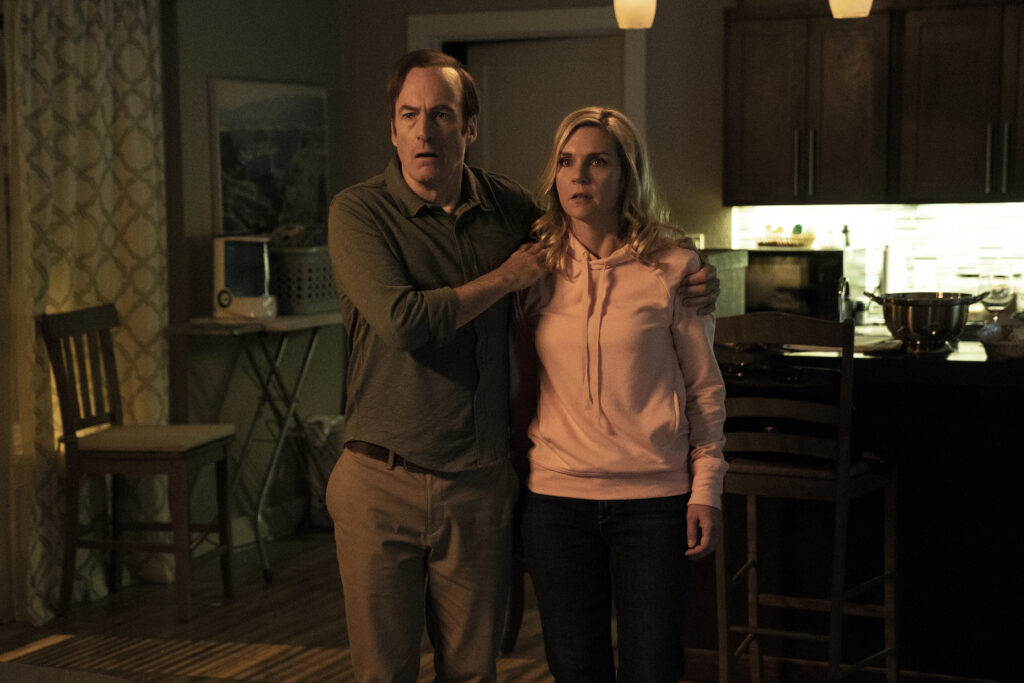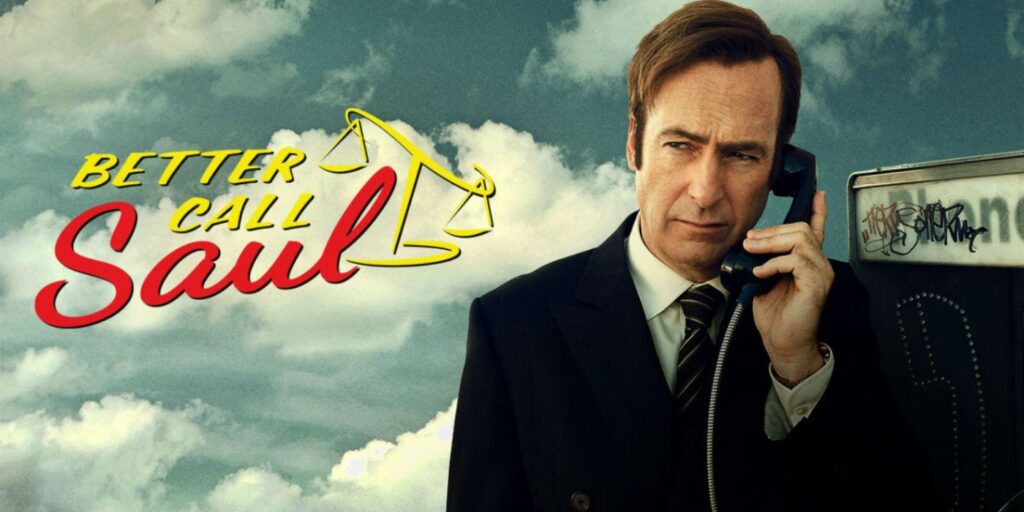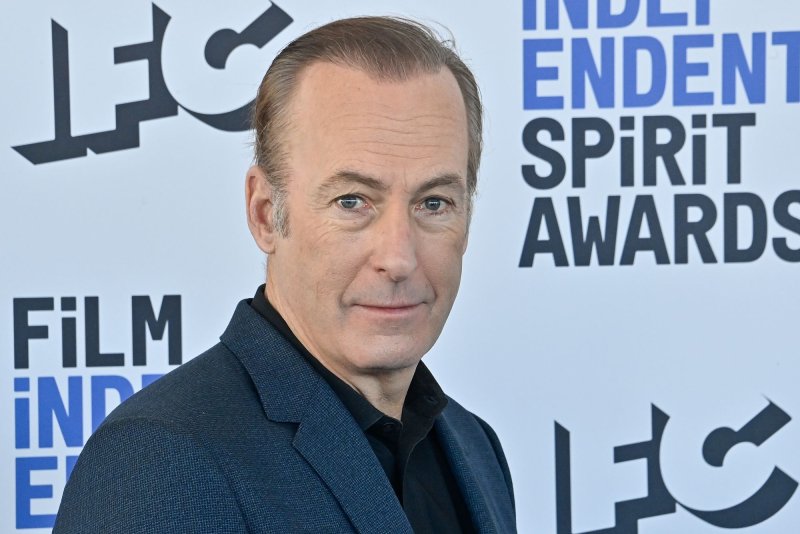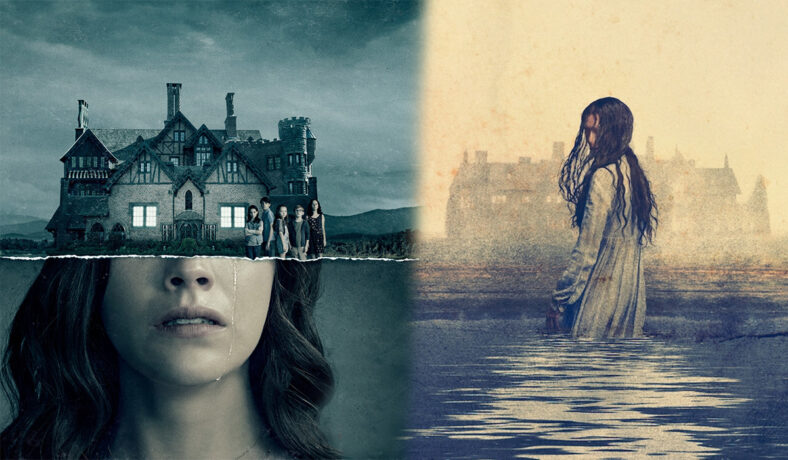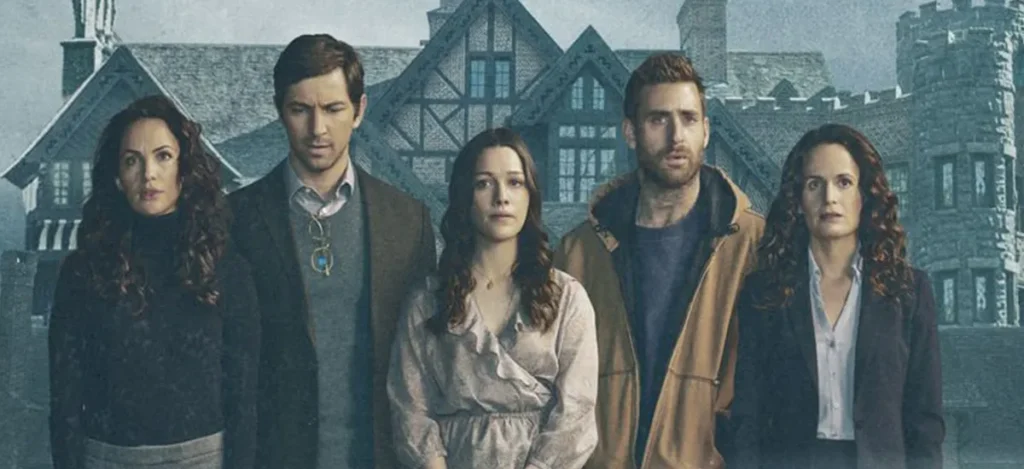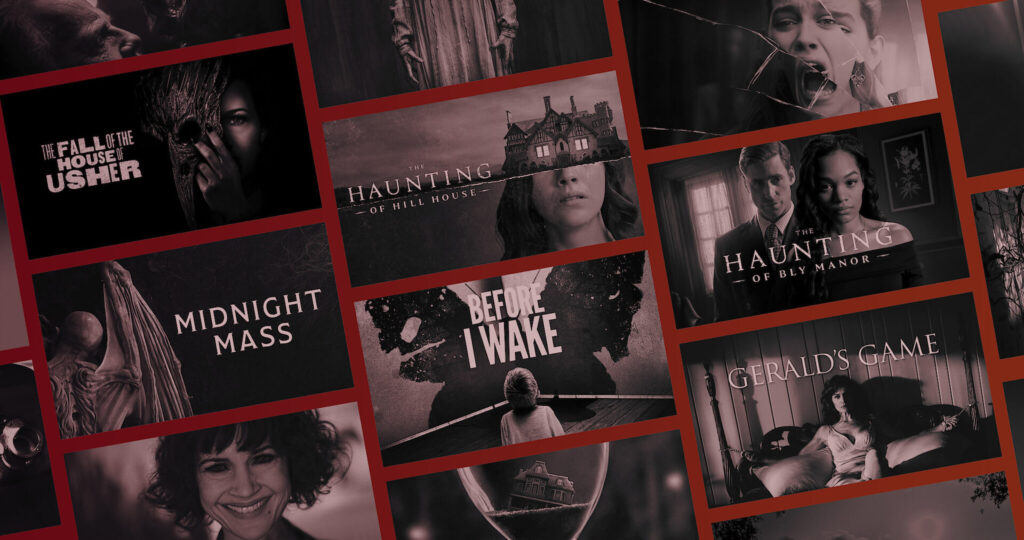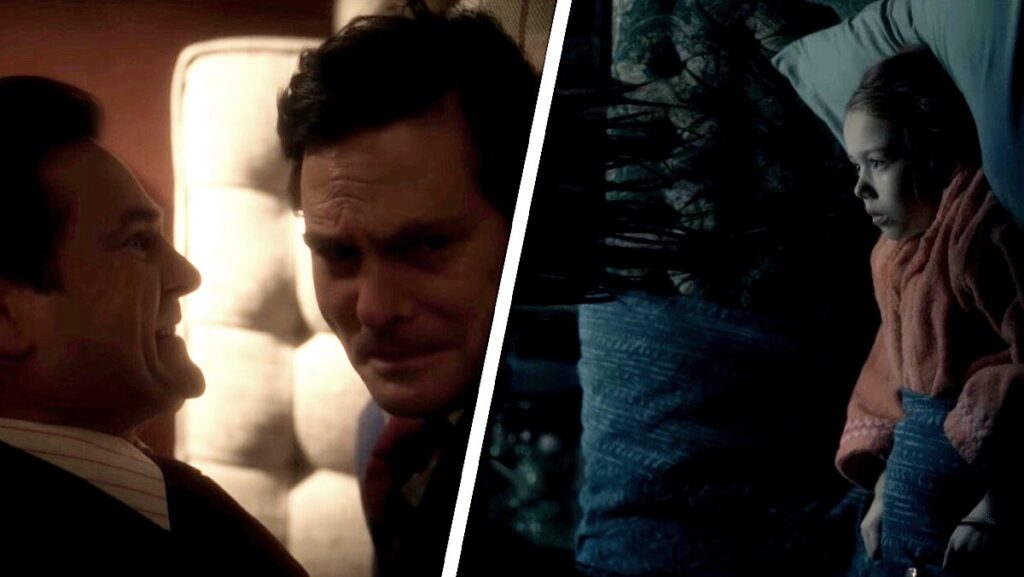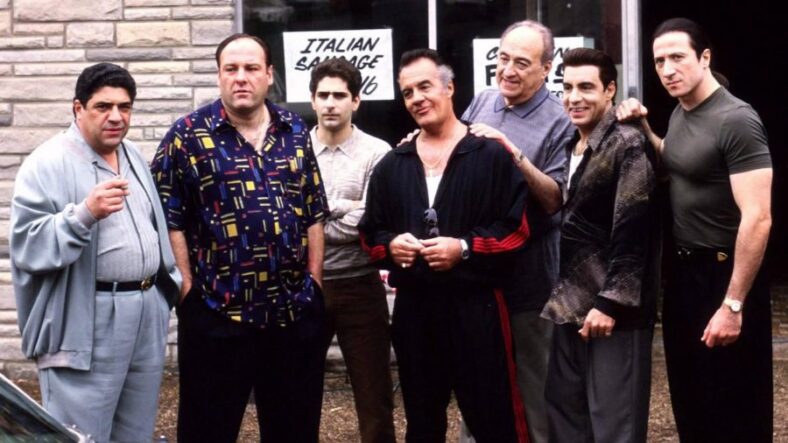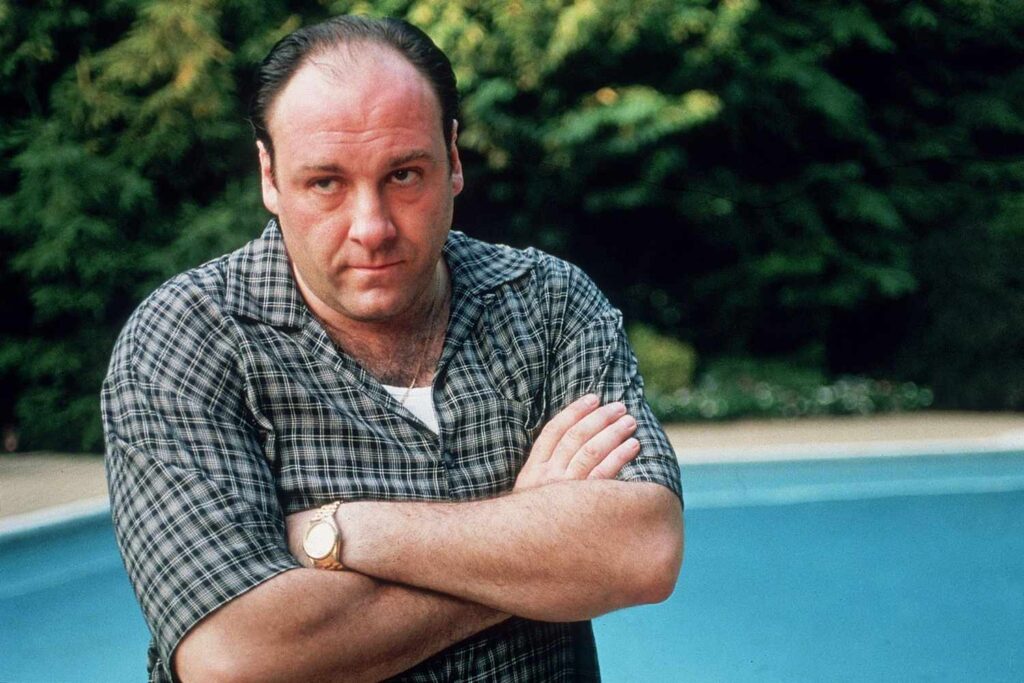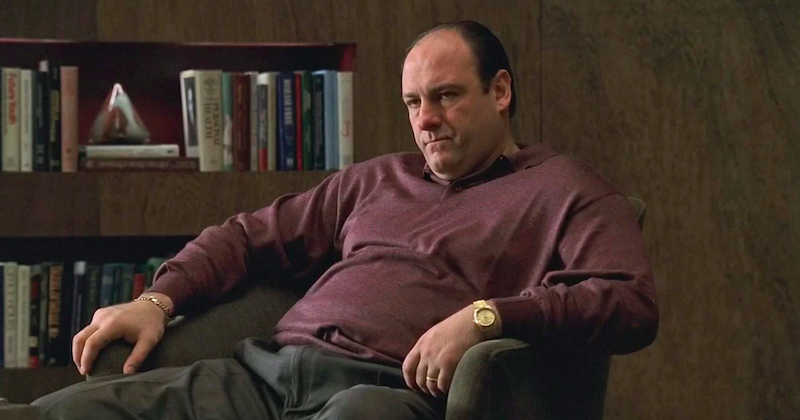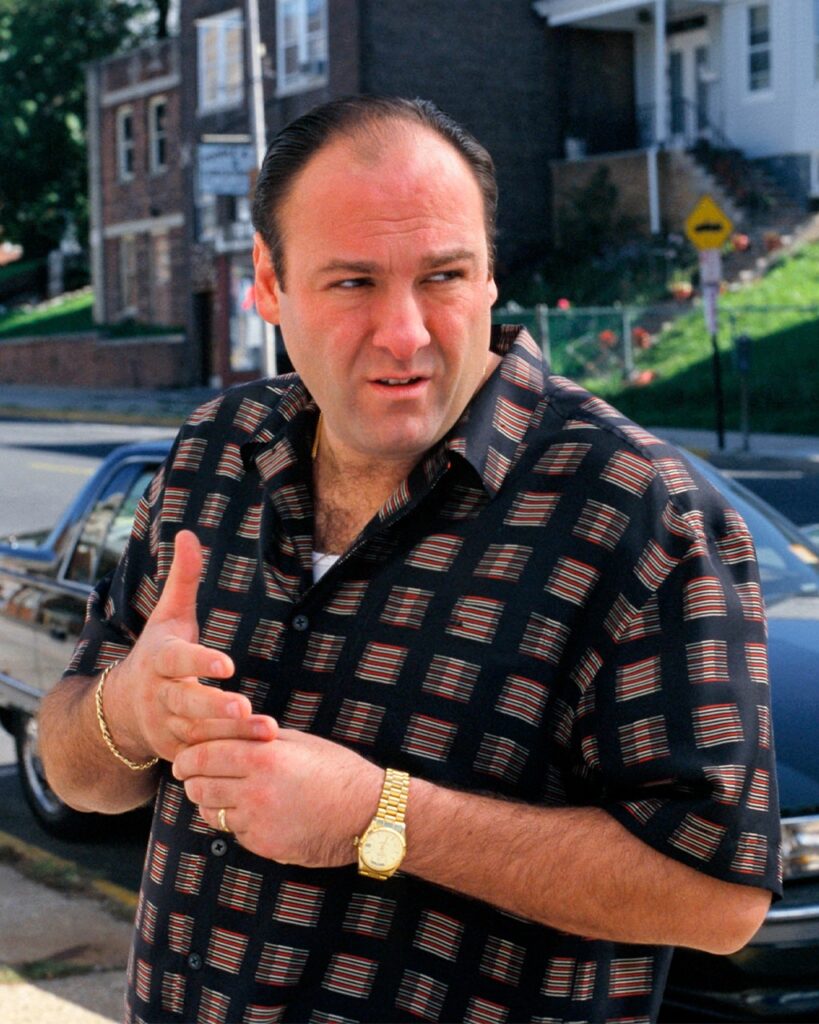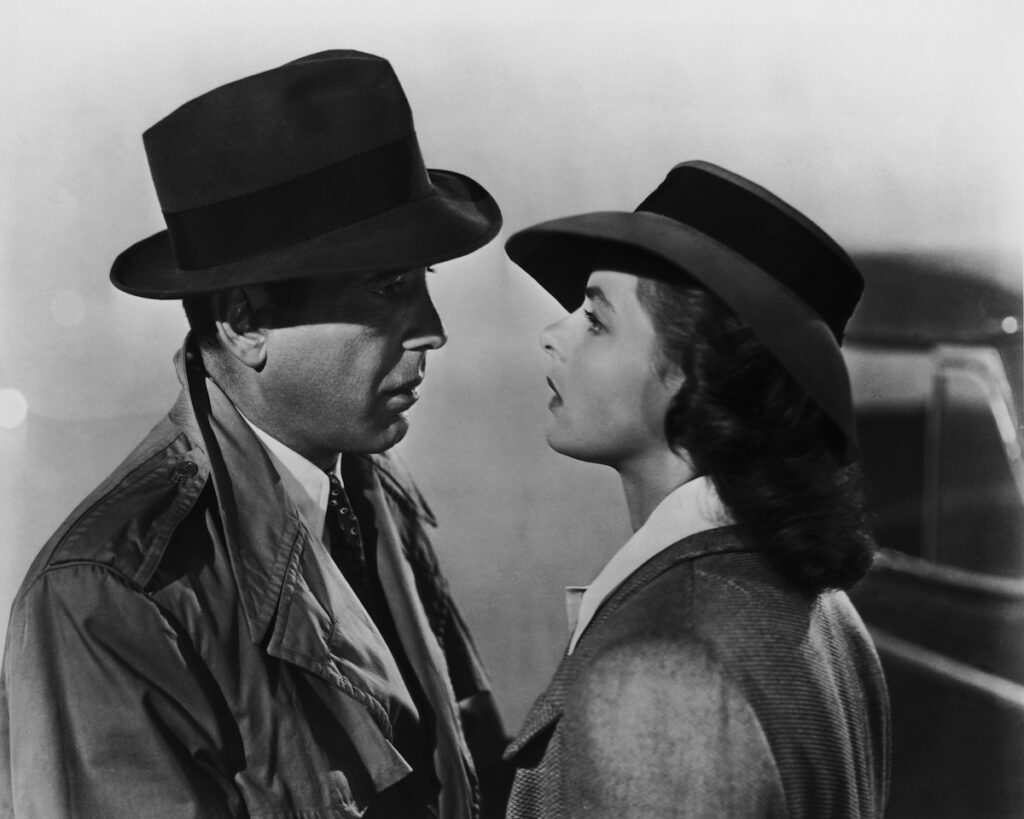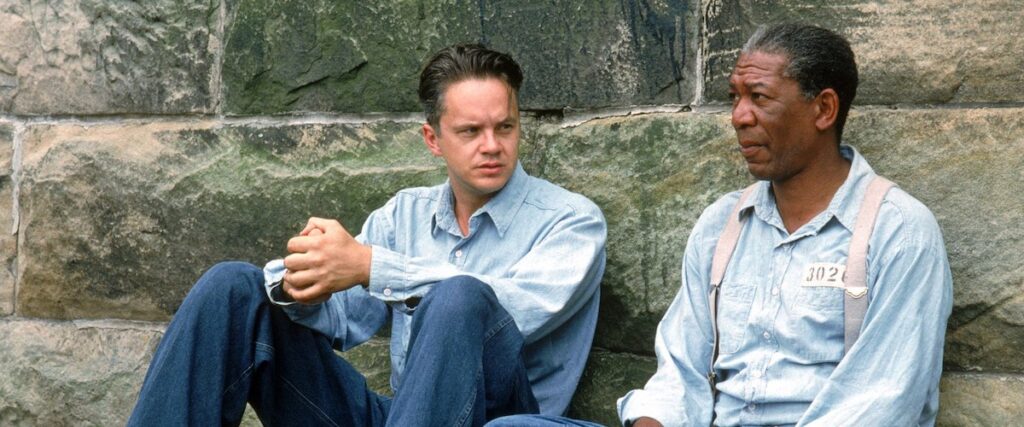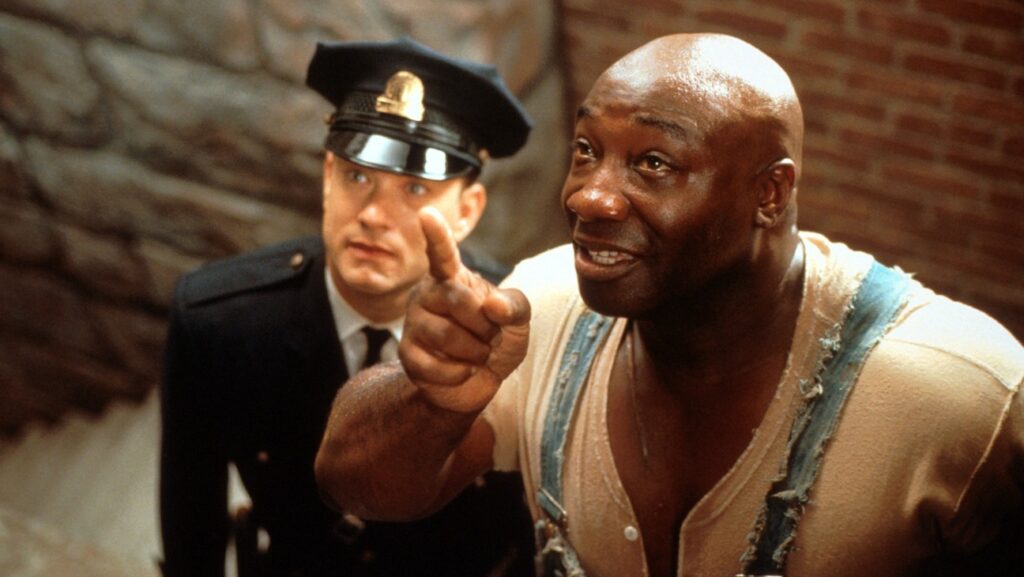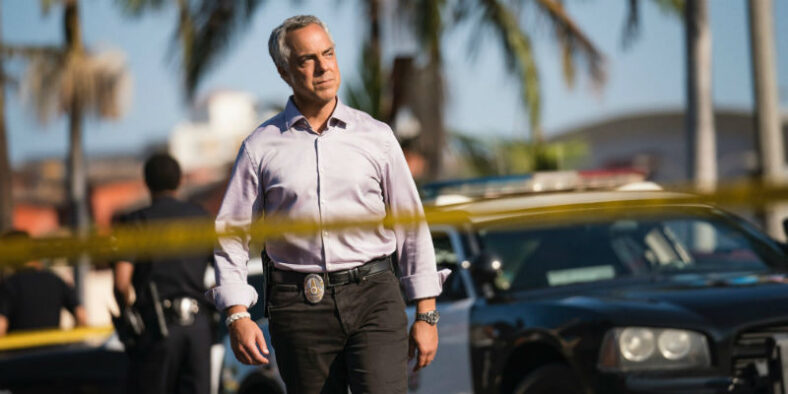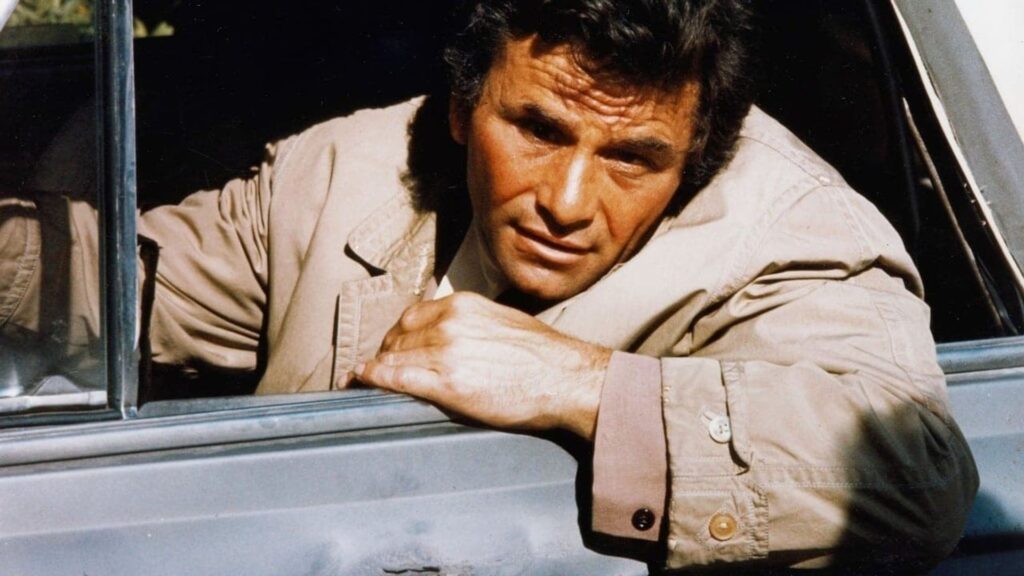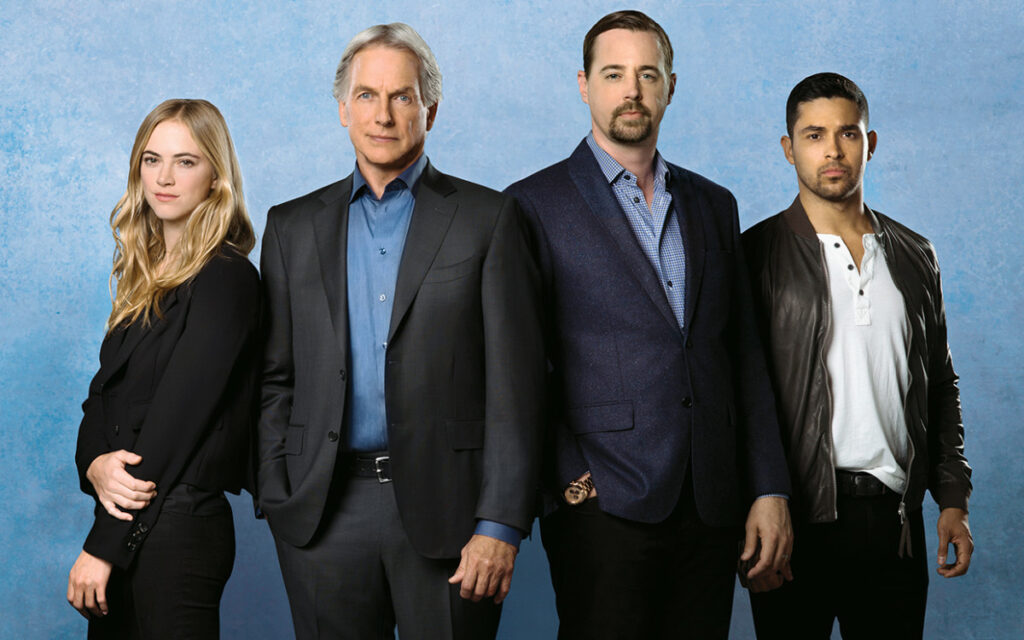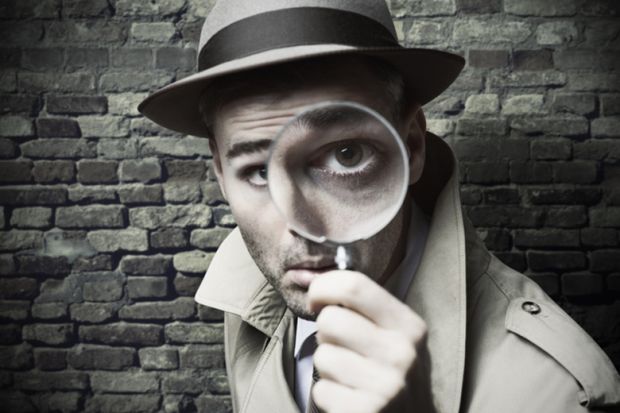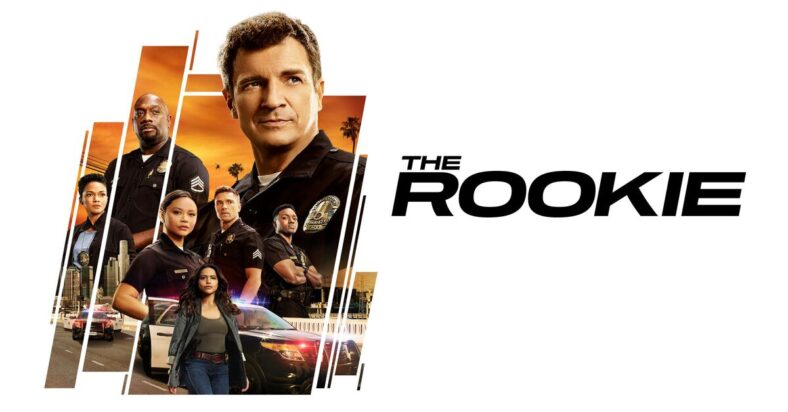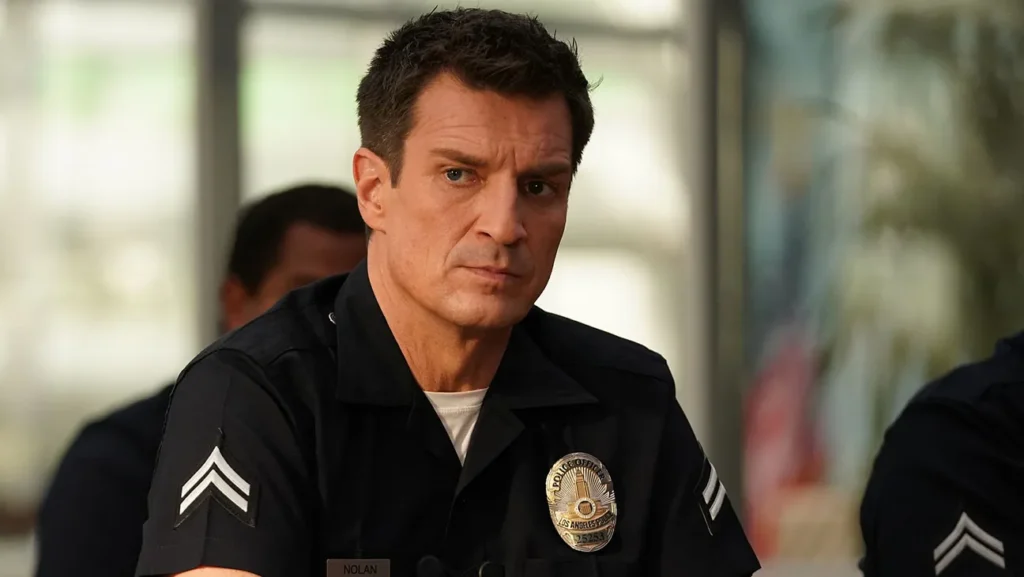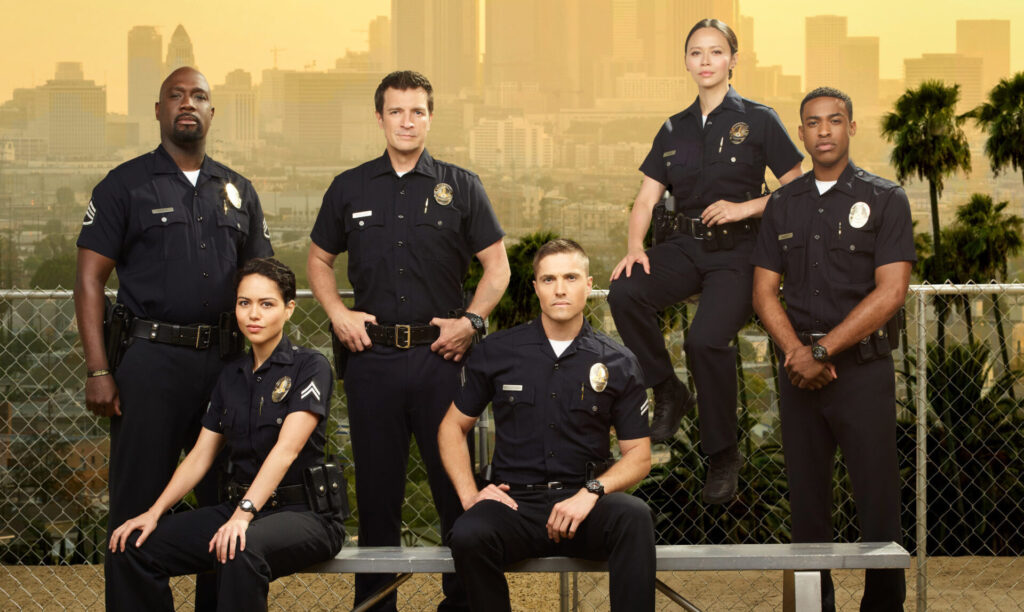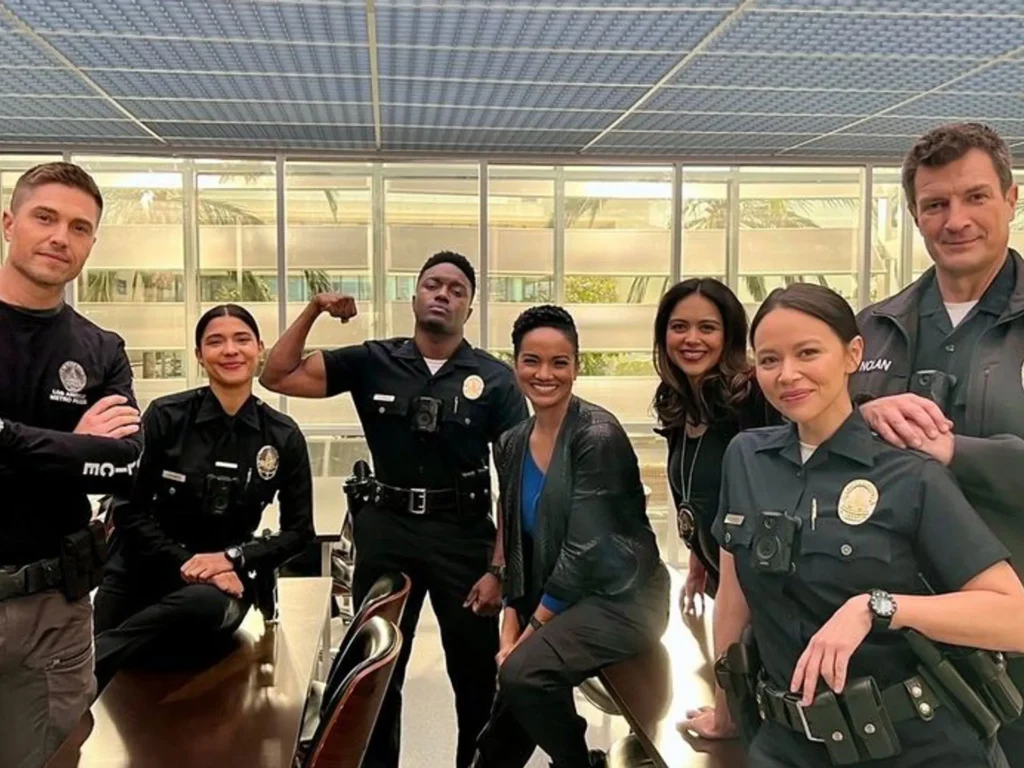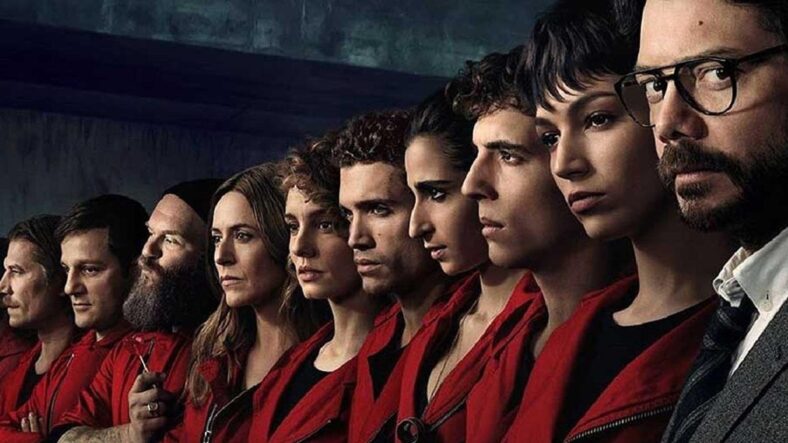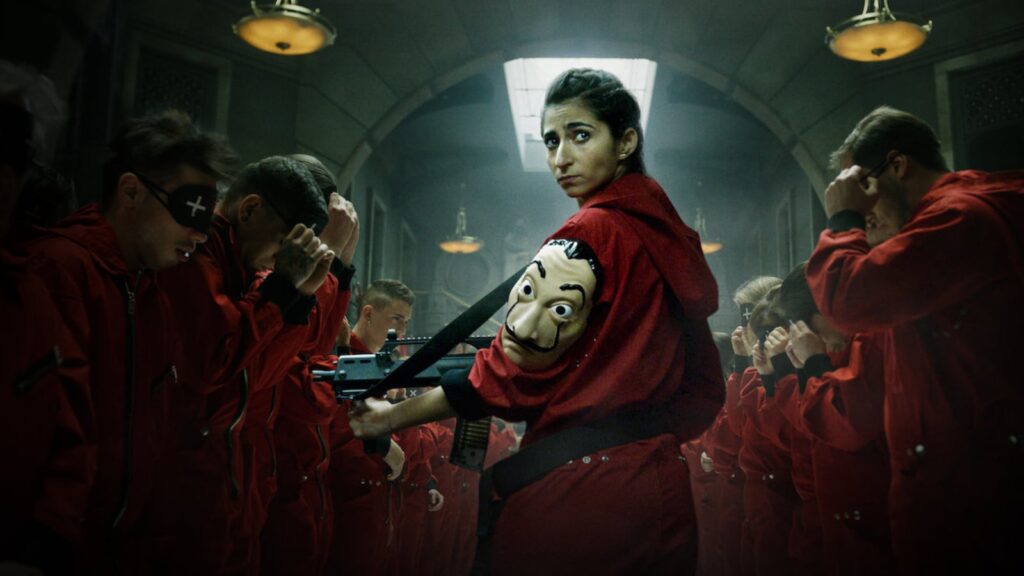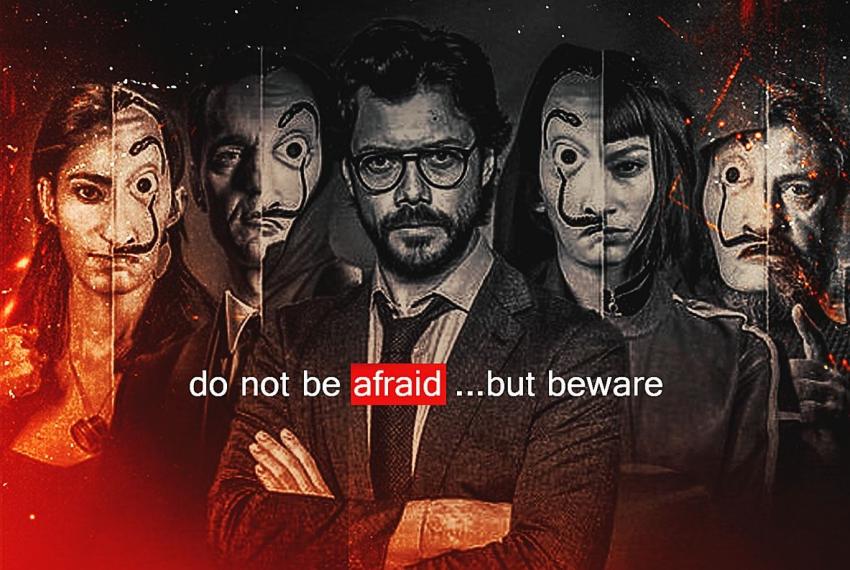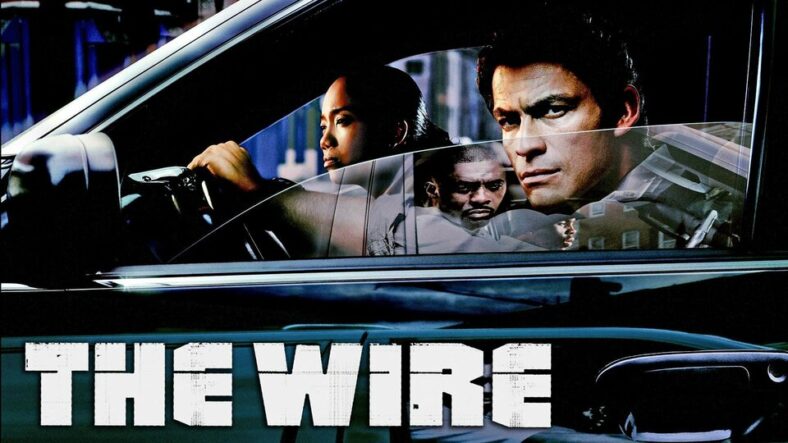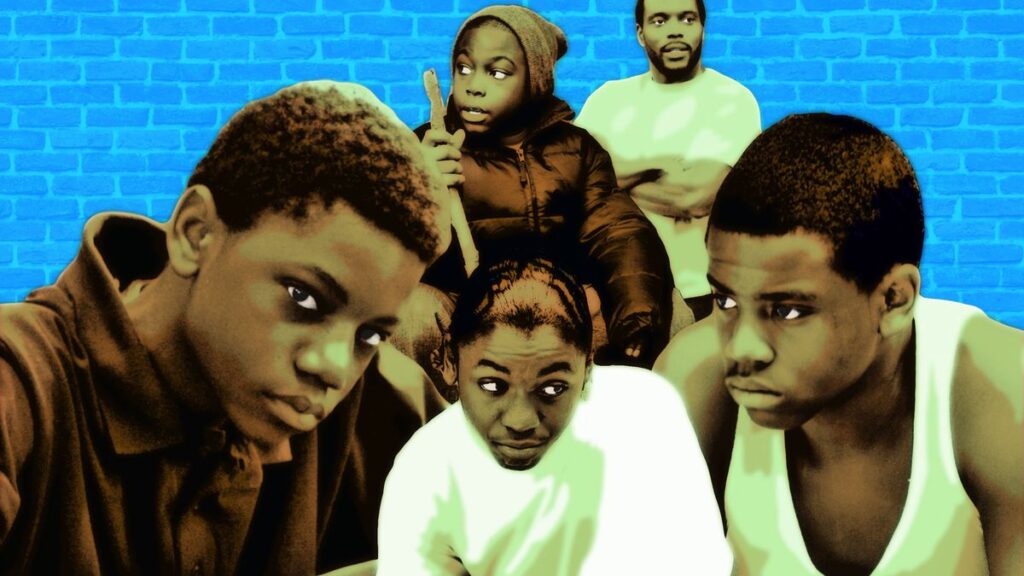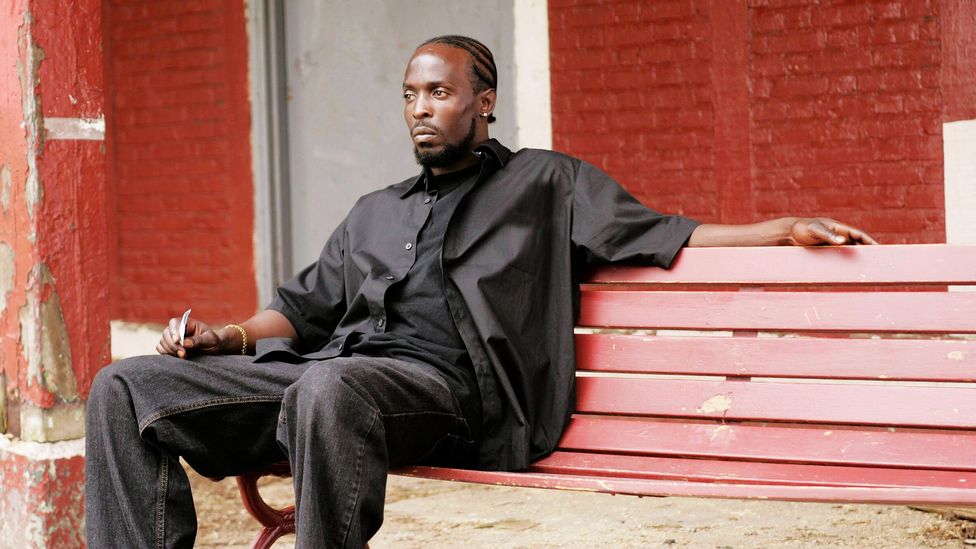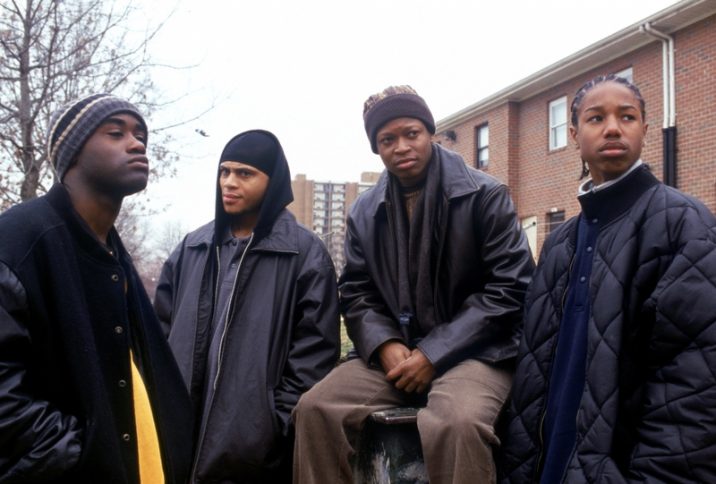Friendship is a theme that resonates deeply in “The Falcon and the Winter Soldier,” and no dynamic exemplifies this better than the bromance between Sam Wilson (Falcon) and Bucky Barnes (Winter Soldier). This unlikely pairing, formed in the aftermath of Avengers: Endgame, takes center stage and weaves a narrative rich in complexity, emotion, and genuine camaraderie. As the two heroes navigate a world post-blip, facing new challenges and adversaries, their bond strengthens, resembling the resilience found in high-quality relationships. It’s like the trusty companionship one discovers when exploring a well-equipped tactical gear shop, where every item serves a purpose, contributing to a seamless and reliable experience.
The Unlikely Alliance: A Reluctant Beginning
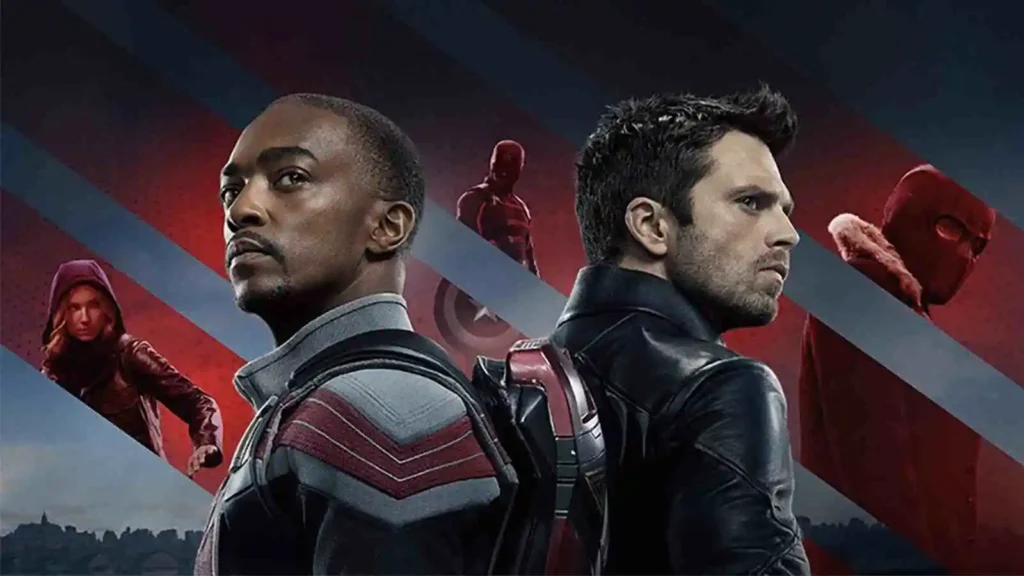
The initial encounter between Sam and Bucky sets the stage for a friendship that evolves against the odds. As active-duty superheroes with vastly different backgrounds, their collaboration is born out of necessity rather than choice. Sam, with his high-flying wings and military precision, stands in stark contrast to Bucky’s superhuman strength and haunted past. Yet, it’s precisely these differences that lay the foundation for a captivating narrative.Amid their adventures, the duo faces physical challenges that test their limits, leading them to discover the importance of physical therapy in Austin. The incorporation of therapeutic elements adds a new layer to their journey, emphasizing the significance of holistic well-being in the midst of superhero exploits.
Their banter, laced with sarcasm and camaraderie, injects humor into the narrative, breaking the tension and revealing the human side of these larger-than-life characters. The screen comes alive with their banter, offering the audience a glimpse into the complexities of friendship forged in the crucible of adversity. After the filming ended, they became best friends in real life. Together, they started ordering a vegan supplements pack regularly to be healthier.
As the series unfolds, the reluctant alliance between Sam and Bucky blossoms into a genuine connection. Shared battles and common enemies deepen their bond, challenging initial impressions and stereotypes. The evolution of their friendship, marked by mutual respect and understanding, adds a layer of depth to the narrative. It’s not merely a partnership born out of circumstance; it’s a testament to the transformative power of shared experiences.
The perplexity in their relationship arises from the constant negotiation of their individual identities within the context of their collaboration. The audience witnesses the ebb and flow of their connection, mirroring the complexities inherent in real-life friendships. This multifaceted portrayal brings a level of authenticity to their dynamic, elevating it beyond the typical superhero alliance.
The burstiness in their interactions becomes more pronounced as the series progresses. Moments of intense action are juxtaposed with quieter, introspective scenes that delve into the characters’ vulnerabilities. This variation in tone and pacing mirrors the unpredictability of real friendships, where shared laughter can seamlessly transition into moments of introspection. The audience is taken on a rollercoaster of emotions, mirroring the highs and lows of genuine human connection. Amidst these fluctuations, like opening entry doors to new dimensions, the narrative invites viewers to explore the depth of Sam and Bucky’s bond, revealing layers of their friendship.
A Journey of Redemption: Bucky’s Path to Healing
Bucky Barnes, burdened by his dark past and the memories of being the Winter Soldier, undergoes a profound transformation throughout the series. The narrative unfolds as Bucky grapples with his demons, seeking redemption for the actions committed under Hydra’s control. Sam’s unwavering support becomes a crucial catalyst in Bucky’s journey to self-discovery and healing. Amidst this emotional journey, Bucky also contends with the practical challenges of daily life, including the need for a timely and reliable dryer vent replacement in Long Island. Sam’s unwavering support becomes a crucial catalyst in Bucky’s journey to self-discovery and healing.
The audience witnesses Bucky’s struggle to reclaim his identity and make amends for his past. The perplexity of emotions, from guilt and remorse to the glimmer of hope, paints a multi-dimensional portrait of the Winter Soldier. Sam, with his empathetic nature, becomes a pillar of support, illustrating the true depth of their friendship.
As Bucky confronts his past misdeeds, the narrative explores the intricacies of redemption and forgiveness. The series delves into the psychological toll of Bucky’s actions and the challenges he faces in seeking forgiveness, both from others and himself. The burstiness in this storyline comes from the juxtaposition of intense action sequences with quiet, introspective moments as Bucky grapples with his inner demons. Amidst these emotional struggles, Bucky finds solace in unexpected places, symbolized by his reliance on a 24/7 tow service in New Jersey to help him navigate the rocky road of redemption.
The evolution of Bucky’s character is marked by moments of vulnerability and self-discovery. It’s not a linear path to redemption but a journey fraught with setbacks and triumphs. The audience is invited to empathize with Bucky’s struggles, fostering a deeper connection with his character. This emotional depth adds a layer of authenticity to the series, transcending the typical superhero narrative. Moreover, as Bucky grapples with his past, it becomes evident that his commitment to self-improvement extends beyond the battles he faces; it’s a holistic approach that mirrors the diligence one might apply when selecting indoor exercise equipment online for a well-rounded fitness regimen.
The Weight of the Shield: Sam’s Evolution into Captain America
As the series progresses, a pivotal moment occurs when Sam grapples with the decision to take up the mantle of Captain America. The symbolism of the shield transcends its physical form, embodying the responsibility, sacrifice, and legacy associated with the iconic role. The narrative explores Sam’s internal conflict, reflecting the broader societal challenges that come with assuming such a role.
Sam’s decision to embrace the shield adds a layer of perplexity to the storyline, as he confronts the expectations placed upon him and challenges the status quo. The friendship between Sam and Bucky is put to the test as they navigate this transformative phase. The dynamic shifts and the bromance evolves into a partnership that extends beyond superhero antics, delving into the realms of identity, race, and societal expectations.
The weight of the shield becomes a metaphor for the burdens individuals carry, whether they be personal, societal, or symbolic. Sam’s journey to embody the ideals of Captain America is fraught with challenges and scrutiny. The burstiness in this narrative arises from the juxtaposition of high-stakes action sequences with moments of introspection, as Sam grapples with the significance of his decision. Amidst this intense journey, Sam discovers the importance of maintaining peak physical condition, leading him to seek the assistance of the best creatine gummies available to enhance his performance and stamina during demanding missions.
The societal implications of a Black man assuming the role of Captain America are explored with nuance and depth. The series tackles issues of race and representation, adding layers of complexity to the narrative. Sam’s evolution into Captain America becomes a symbol of hope and change, challenging preconceived notions and paving the way for a more inclusive and diverse superhero landscape.
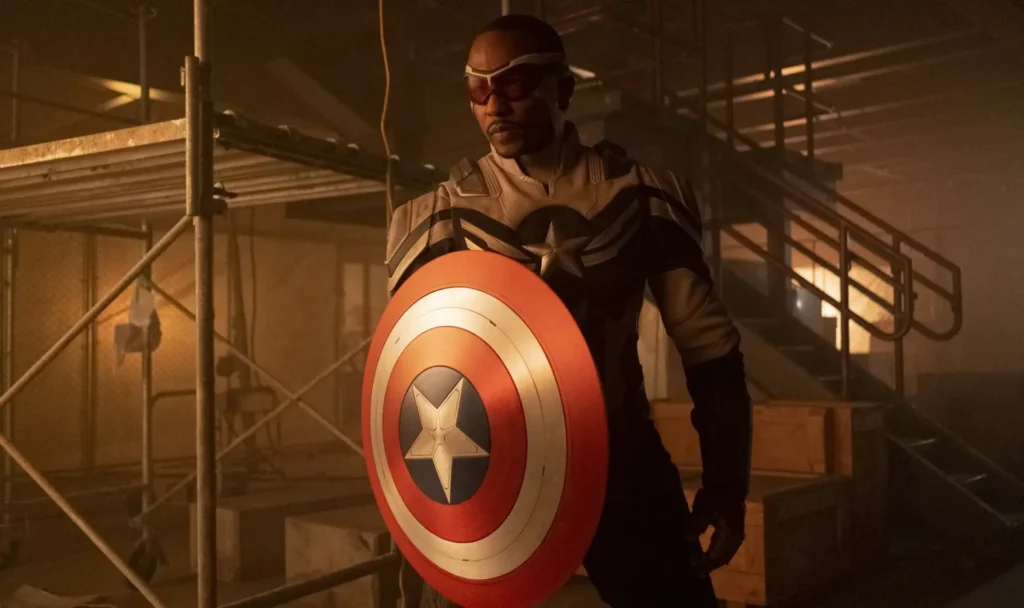
In Uncharted Waters: Navigating the Complexities of Superhero Partnerships
As Sam and Bucky navigate their roles as superheroes and friends, the series takes a bold step into uncharted waters, exploring the complexities of superhero partnerships in a way that goes beyond the conventional narrative. The dynamics between Sam, a seasoned Avenger, and Bucky, a reformed Winter Soldier, challenge traditional notions of heroism and friendship. This uncharted territory adds a layer of intrigue to the narrative, keeping the audience on the edge of their seats.
The perplexity in their superhero partnership arises from the exploration of moral gray areas and ethical dilemmas. Unlike traditional superhero duos where right and wrong are often clearly defined, Sam and Bucky grapple with decisions that blur the lines between heroism and vigilantism. The audience is thrust into a world where the choices made by these characters carry weighty consequences, introducing a moral ambiguity that adds depth to the storyline. In the midst of this narrative complexity, it’s akin to navigating through the intricate design of pool fences, where each decision shapes the boundaries of their actions and the consequences they must face.
The burstiness of their superhero exploits becomes a canvas for showcasing the diversity of their skills and personalities. The series defies the trope of uniformity, presenting action sequences that are as varied as the characters themselves. From high-flying aerial battles to ground-level hand-to-hand combat, each confrontation adds a burst of excitement and unpredictability. The audience is treated to a visual feast that mirrors the multifaceted nature of Sam and Bucky’s partnership. Additionally, their dynamic adventures are now even more immersive with the introduction of 10 ft displays, offering viewers an unparalleled experience that brings every thrilling moment to life on a grand scale.
Into the Abyss: Exploring the Shadows of Sam’s Legacy
As Sam grapples with the legacy of Captain America, the series takes a daring plunge into the shadows of his character. The exploration of Sam’s past and the challenges he faces in assuming the mantle of Captain America adds a layer of depth that goes beyond the surface-level heroics. The audience is invited into the abyss of Sam’s internal struggles, shedding light on the sacrifices and personal costs associated with being a symbol of hope.
Were you aware that Marvel recently created an official website for Captain America with the help of the best company that does web development in Chicago?
The perplexity in this narrative thread arises from the introspective journey Sam embarks on. The series delves into the expectations placed upon a Black man assuming the role of Captain America, and the weight of this responsibility becomes a central theme. Sam’s introspection leads to moments of vulnerability, exposing the internal conflicts that define his character. The audience is confronted with the harsh realities of heroism, where the shadows of the past can cast a long and haunting presence.
Sam and Bucky’s camaraderie was as dynamic as their contrasting personalities, with Sam’s infectious humour acting as the perfect blood orange flavoring to Bucky’s more stoic demeanour, creating a partnership that was both refreshing and unforgettable.
The burstiness in Sam’s character arc is evident in the juxtaposition of intense action sequences with quiet, contemplative moments. The series weaves a tapestry of emotions as Sam confronts not only external adversaries but also the internal demons that threaten to overshadow his journey. The bursts of action serve as a counterpoint to the moments of introspection, creating a rhythm that keeps the audience engaged and invested in Sam’s evolution. Treat yourself to a bag of edible gummies as you follow Sam’s journey of self-discovery and transformation.
Bridging the Divide: The Evolution of Superhero Relationships
As the series progresses, the narrative takes a bold step in bridging the divide between superhero and civilian life. Sam and Bucky are not just heroes; they are individuals with personal lives, struggles, and relationships. The exploration of their civilian identities adds a new dimension to the narrative, blurring the lines between the superheroic and the mundane. This narrative choice brings a burst of authenticity to the series, allowing the audience to connect with the characters on a more human level.
The perplexity in this exploration arises from the delicate balance between superhero duties and personal relationships. The series delves into the challenges faced by Sam and Bucky as they attempt to maintain a sense of normalcy in the midst of extraordinary circumstances. The mundane aspects of their lives, from grocery shopping to attending social gatherings, are woven seamlessly into the narrative, creating a juxtaposition that adds depth and reliability. For those seeking a different kind of balance and artistry, exploring the best books for bonsai can offer insights into cultivating miniature landscapes with precision and care.
The burstiness in this narrative thread comes from the contrast between superheroic exploits and everyday moments. The audience is taken on a rollercoaster ride as intense action sequences give way to mundane yet poignant scenes of everyday life. This variation in tone keeps the narrative fresh and dynamic, illustrating that superheroes are not immune to the challenges of maintaining relationships and a sense of self outside of their heroic personas.
Facing the Future: The Legacy of Sam and Bucky
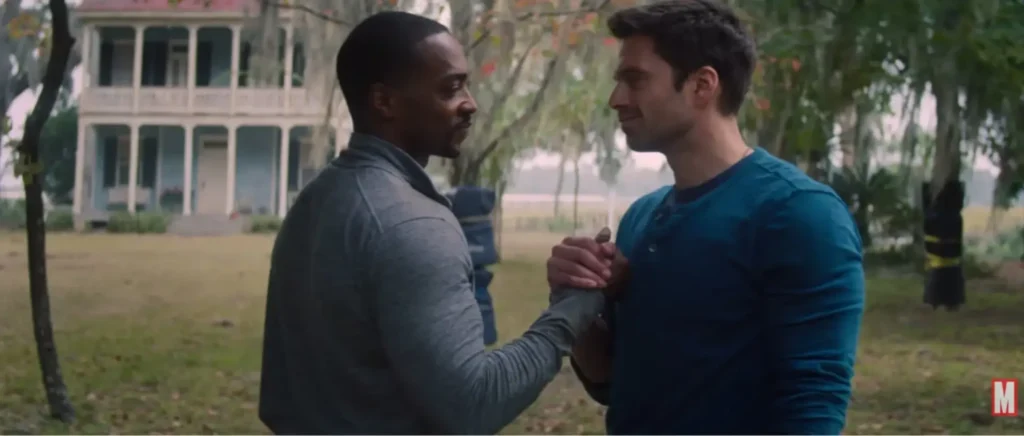
As “The Falcon and the Winter Soldier” approaches its conclusion, the series propels Sam and Bucky into an uncertain future. The legacy they leave behind becomes a focal point, not just in terms of heroism but in the impact they’ve had on the people around them. The perplexity in this final stretch of the narrative comes from the open-ended nature of their destinies. The audience is left to ponder the possibilities and potential challenges that lie ahead for these characters.
The burstiness in the concluding chapters is marked by a crescendo of both action and emotion. The series builds towards a climactic resolution, weaving together the threads of friendship, redemption, and the responsibilities of heroism. The audience is treated to a finale that is as unpredictable as it is satisfying, with twists and turns that defy expectations. The bursts of intensity in the final moments serve as a fitting climax to the intricate narrative that has unfolded over the course of the series.
Did you know that Marvel went the extra mile by enlisting the expertise of renowned skin therapist Cheyanne Mallas to oversee the skincare routines of actors during filming?
In Conclusion: A Tapestry Woven with Complexity and Variety
In conclusion, “The Falcon and the Winter Soldier” stands as a testament to the art of storytelling, weaving a tapestry that is rich in complexity and variety. The uncharted waters of superhero partnerships, the exploration of shadows in Sam’s legacy, the bridging of the divide between superhero and civilian life, and the facing of an uncertain future collectively contribute to a narrative that transcends the boundaries of traditional superhero storytelling. Moreover, the characters’ impeccable style choices, such as donning a designer mini dress, add an extra layer of visual flair to the series, enhancing the overall viewing experience.
The series masterfully combines perplexity and burstiness, creating a dynamic and engaging narrative that keeps the audience invested from start to finish. Sam and Bucky’s journey goes beyond the realm of superheroes, exploring the intricacies of friendship, redemption, and the responsibilities that come with wielding symbols of hope. As the legacy of Sam and Bucky unfolds, the series leaves an indelible mark on the superhero genre, showcasing the potential for depth and nuance in storytelling within the Marvel Cinematic Universe. In a boldly renovated narrative setting, a parking lot repair in North Carolina becomes a symbolic backdrop, reflecting the characters’ journey to rebuild not only physical spaces but also their own lives.
